Copenhagen consistently ranks high in international surveys for its standard of living. Aside from its stunning mix of architectural styles and a never ending list of fun activities, the city is a leader in city planning, environmental sustainability, and design. While this makes for a great co-op experience, living there is not cheap. From housing to dining out, your expenses can add up pretty quickly. But this doesn’t mean you can’t have a fulfilling and genuinely Danish experience. Here are some of our greatest secrets on how to navigate Copenhagen on a dime (0.48 Danish kroner)!
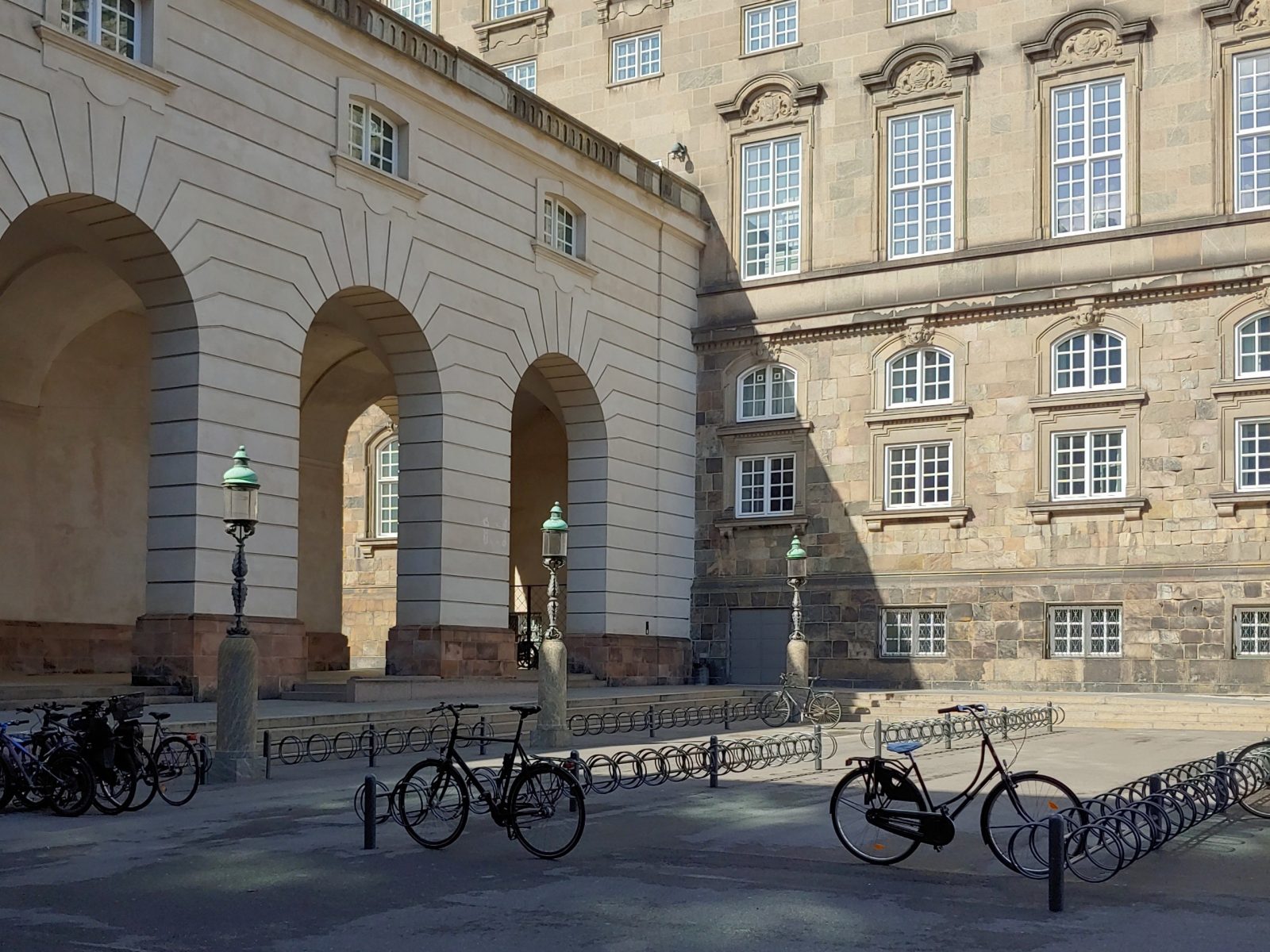
1. Bike Trip to Louisiana Museum
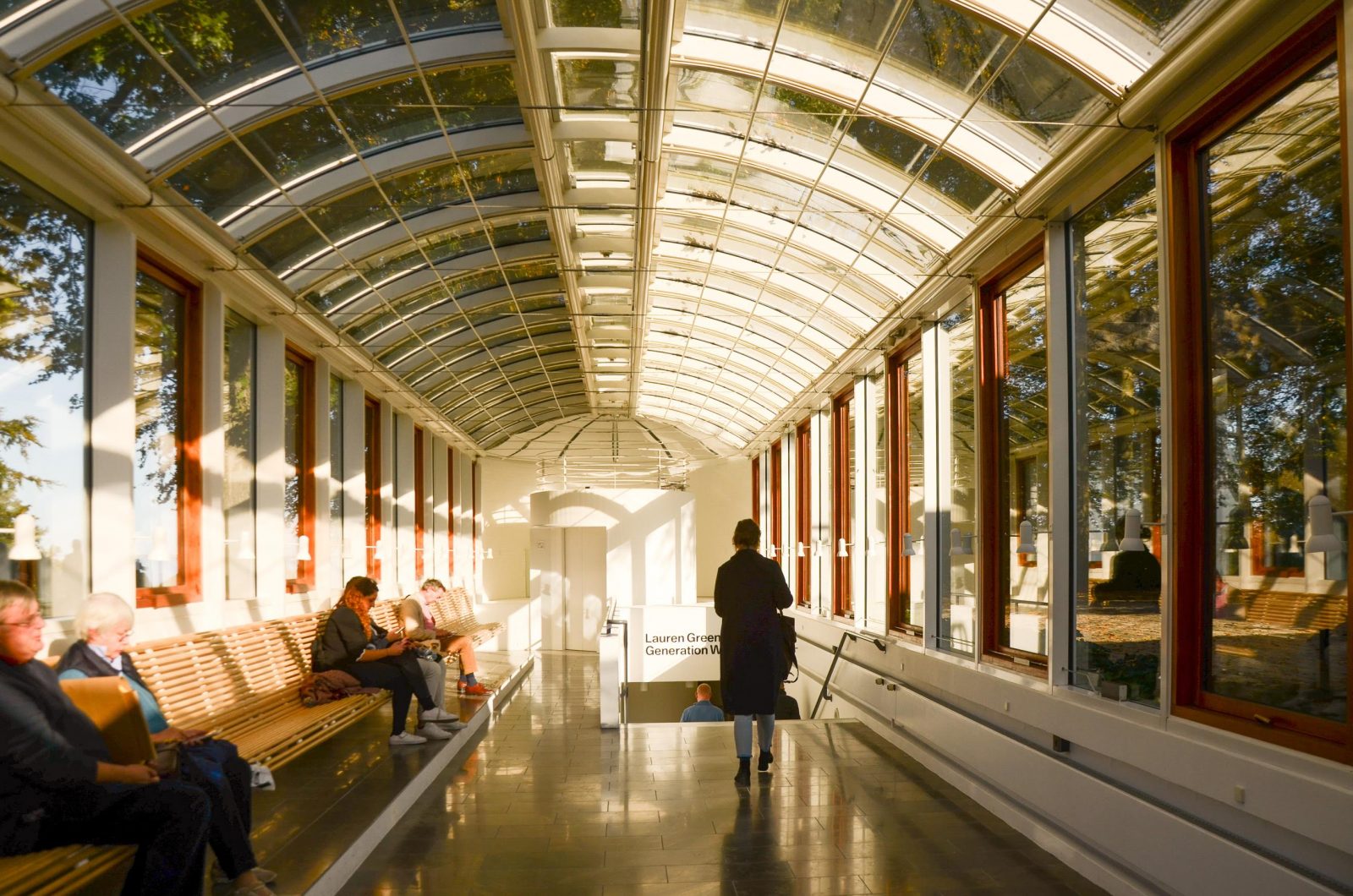
For most days of the year, biking is the main mode of transportation in Copenhagen. So, when we heard about a beautiful museum on the coast 36 kilometers north of the city, we jumped at the chance to bike there. While the trains are extremely comfortable and convenient, it prevents you from doing things like 1. Finding free apples on the roadside, 2. Biking along the ocean and through forests, and 3. Getting an extensive leg workout.
The Louisiana Museum of Modern Art is renowned not only for its international collection of art, but its site-specific architecture that lives in synthesis with the land and water. The original coastal site offered panoramic views of the sea in a park full of old-growth trees. Built in stages over several years, the museum carefully frames the landscape alongside the art and sculpture, following the site’s natural features as it winds through. You’re never too far from a door outside to explore the outdoor sculpture gardens, so we’d recommend going on a sunny day.
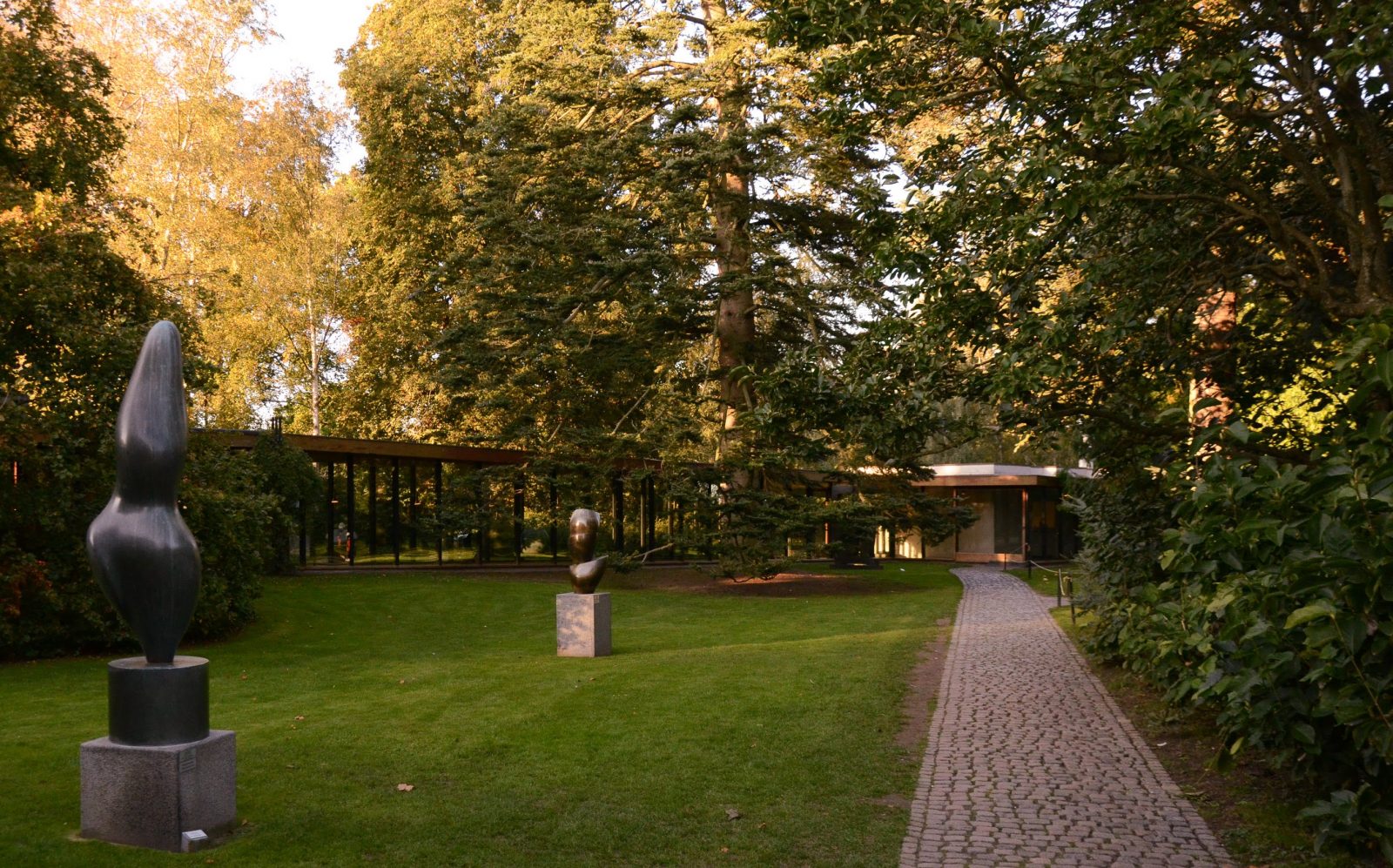
2. Stroll through a graveyard at Assistens Kirkegård
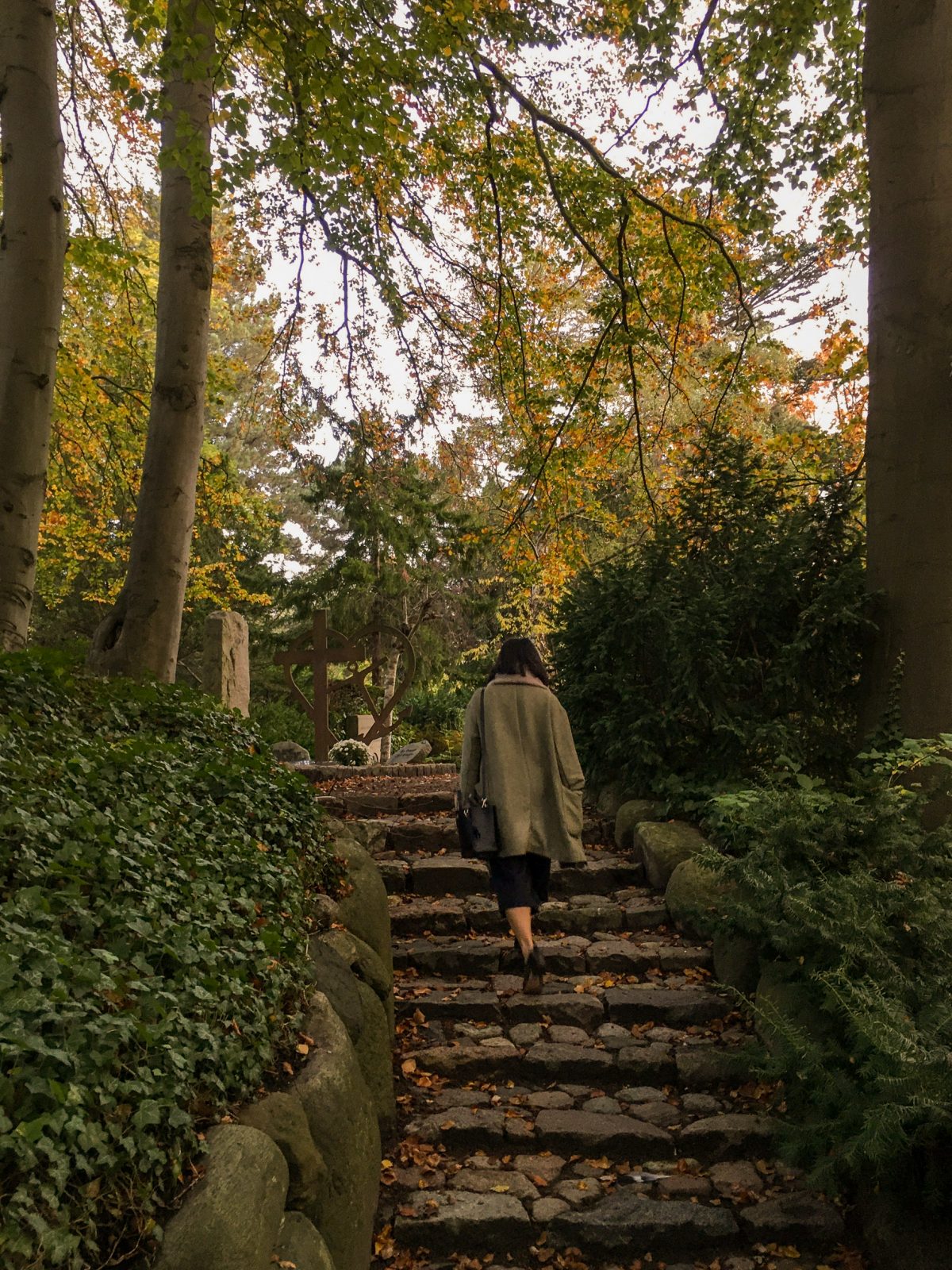
A big, yellow wall separates the noise of bustling Nørrebrogade from a lush, quiet sanctuary. Step through the gates and you’ll find families going for walks on the tree-lined paths, millennials enjoying a picnic in the shade of a weeping willow, joggers getting a run in after work, and…Copenhagen’s buried dead. While Assistens Cemetery is Copenhagen’s most well-known graveyard, it is also a popular public park, featuring beautifully landscaped gardens and expansive, maze-like passageways lined by poplars and cherry blossoms.
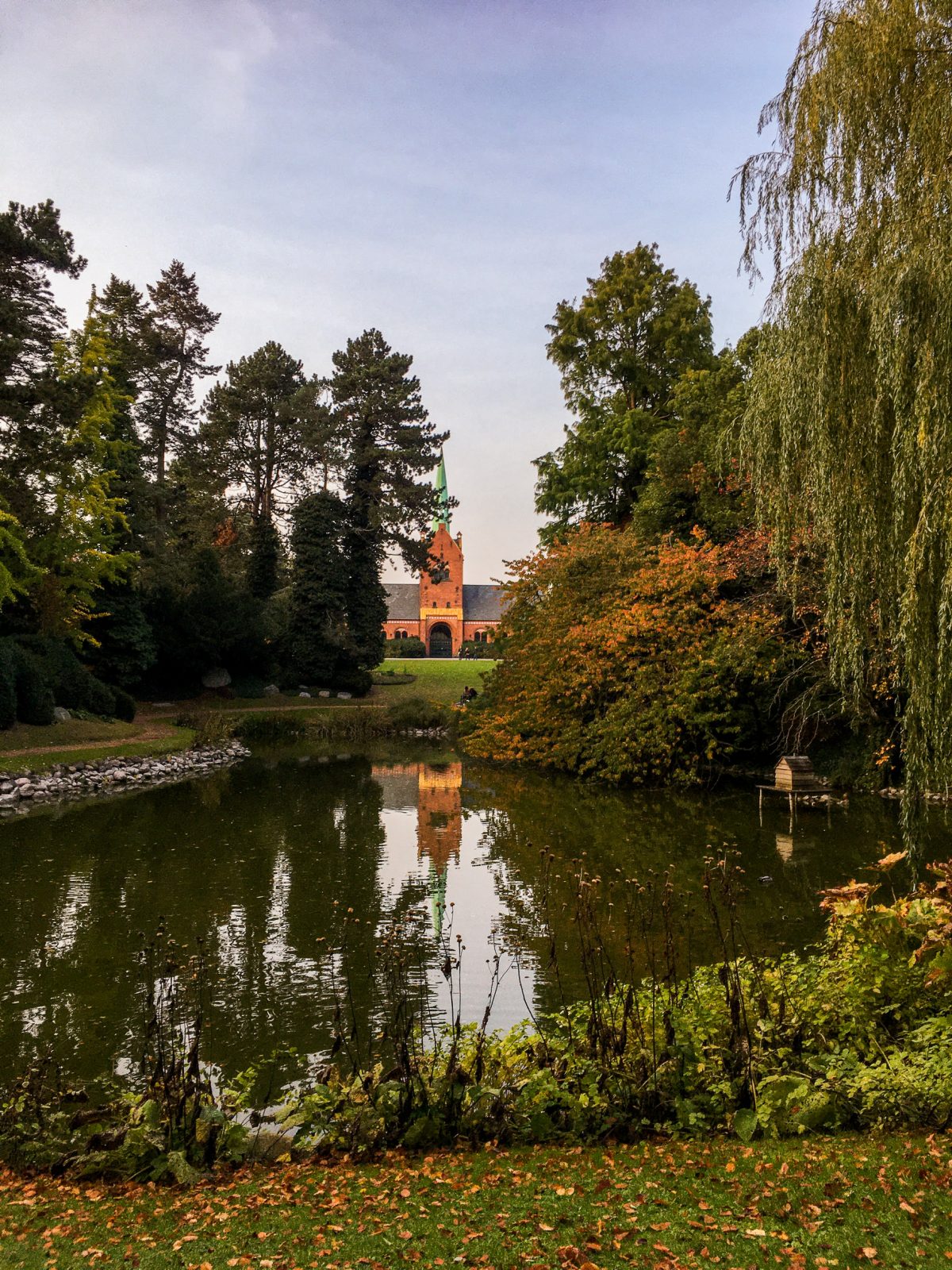
3. Visit Jørn Utzon’s Cloud Church (Bagsværd Church)
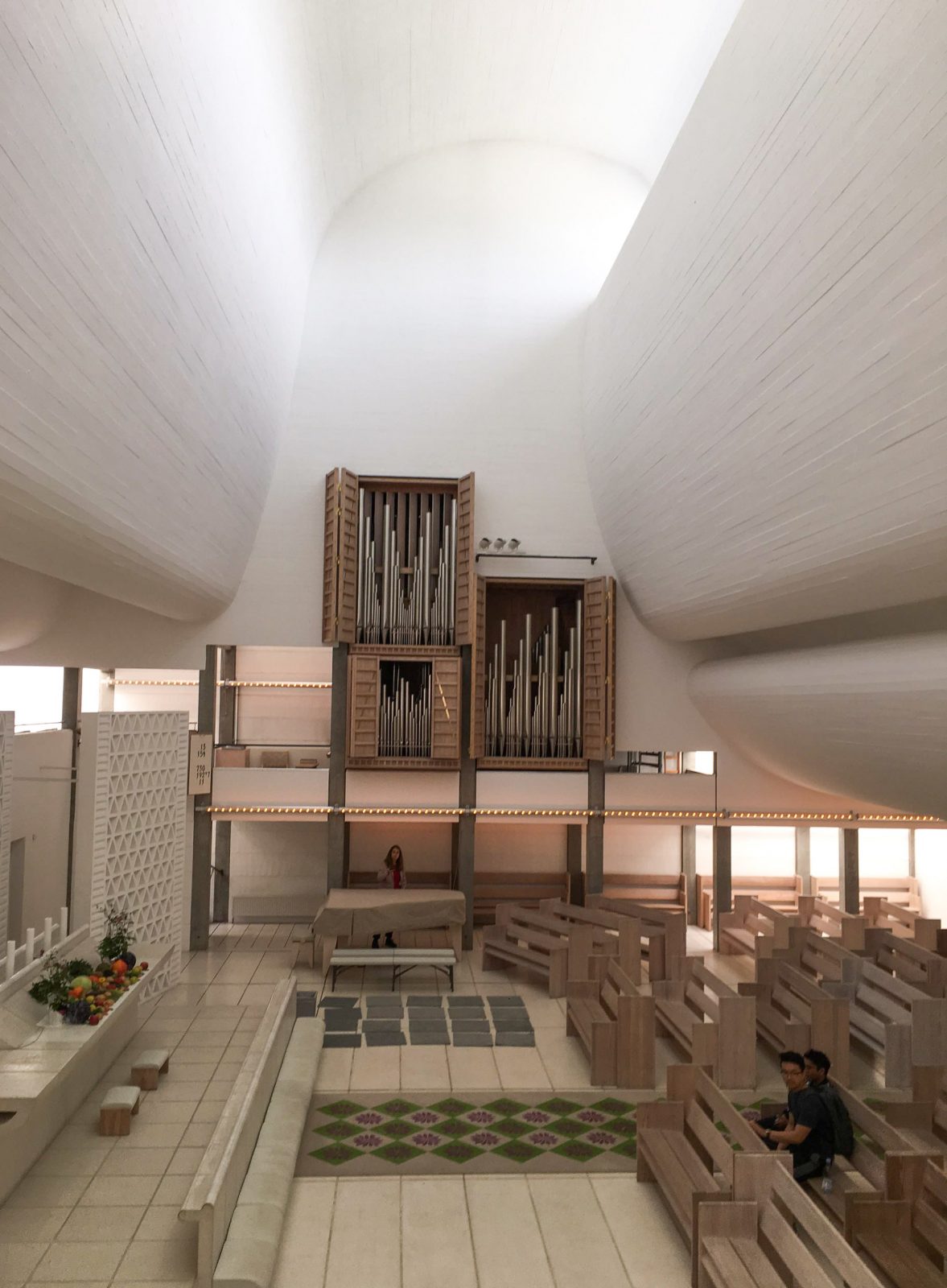
From the outside, the rigid, boxy exteriors of Bagsværd Church seem almost industrial, with its aluminum roof and walls of prefabricated concrete panels.
Upon entering the church, the atmosphere changes. An airy hallway made of prefabricated concrete and glass greets you, rising several meters over your head. The shadows create stunning patterns against the smooth concrete. They lead you through hidden courtyards and light-filled classrooms. In the sanctuary, light travels along the ceiling’s massive, undulating white concrete forms, highlighting the texture of its underbelly and illuminating the space below.
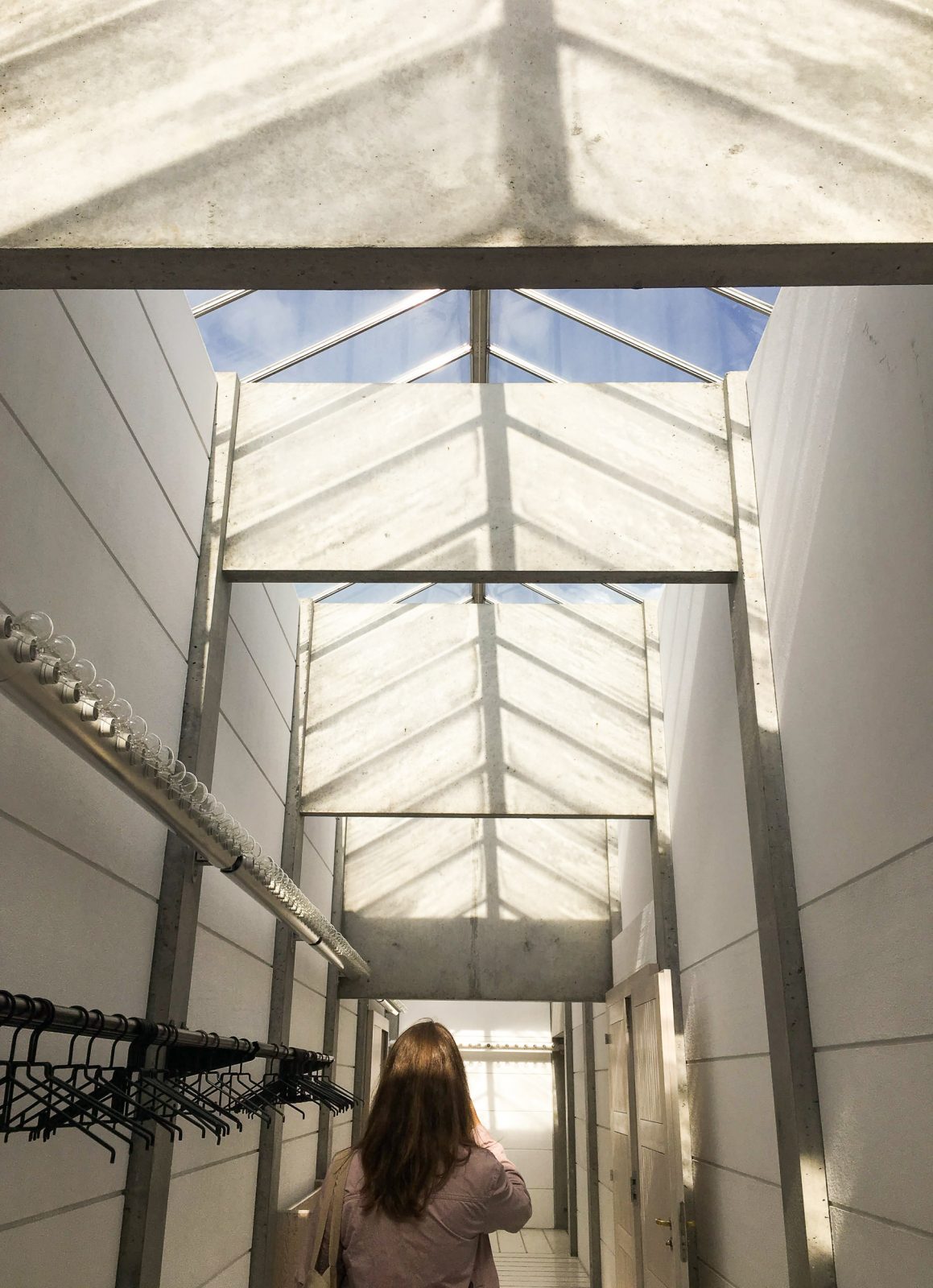
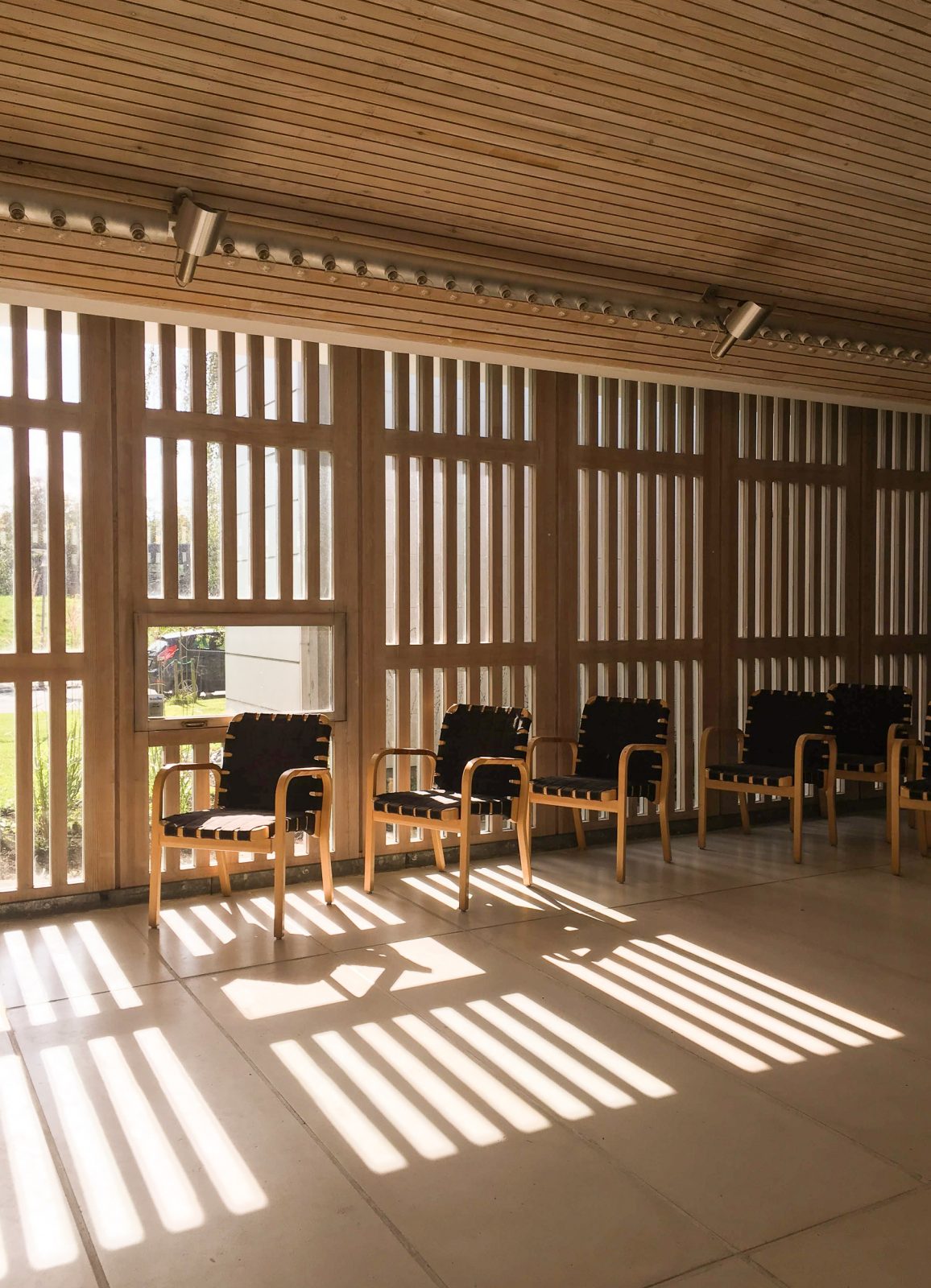
4. Shopping for Danish Design
Copenhagen is filled with boutique stores selling Danish design. Based on our experience, the best way to discover them is to simply walk through the streets in and out of the city core. The functionalist and minimal principles of Scandinavian design works its way into the layout of these shops and showrooms, creating spaces that make shopping so enjoyable.
Here are some of our favourite stores:
Frama Studio Store Fredericiagade 57, 1310 København K
HAY House Østergade 61, 2, 1100 København
Skagerak Showroom Indiakaj 2, 2100 København
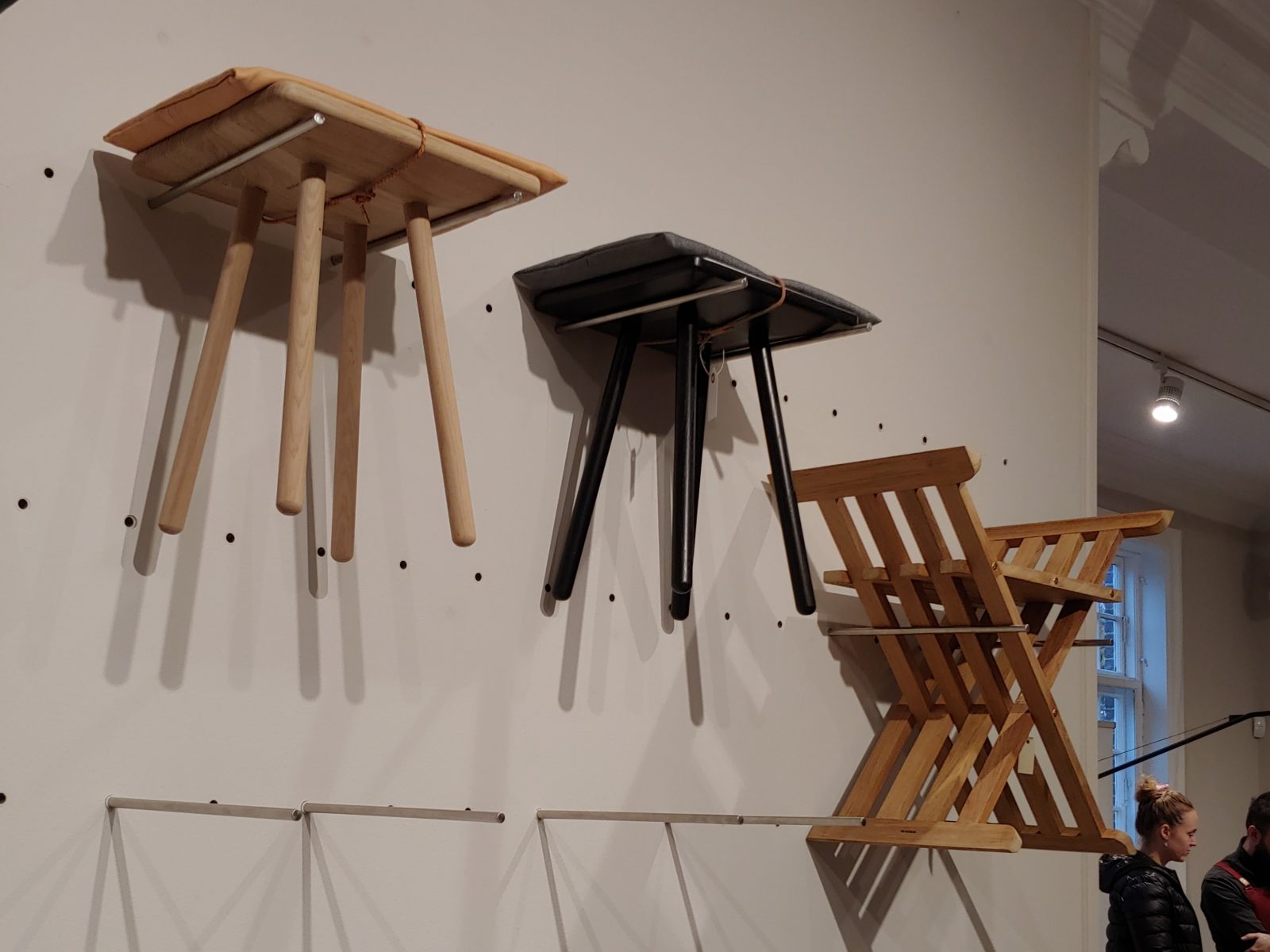
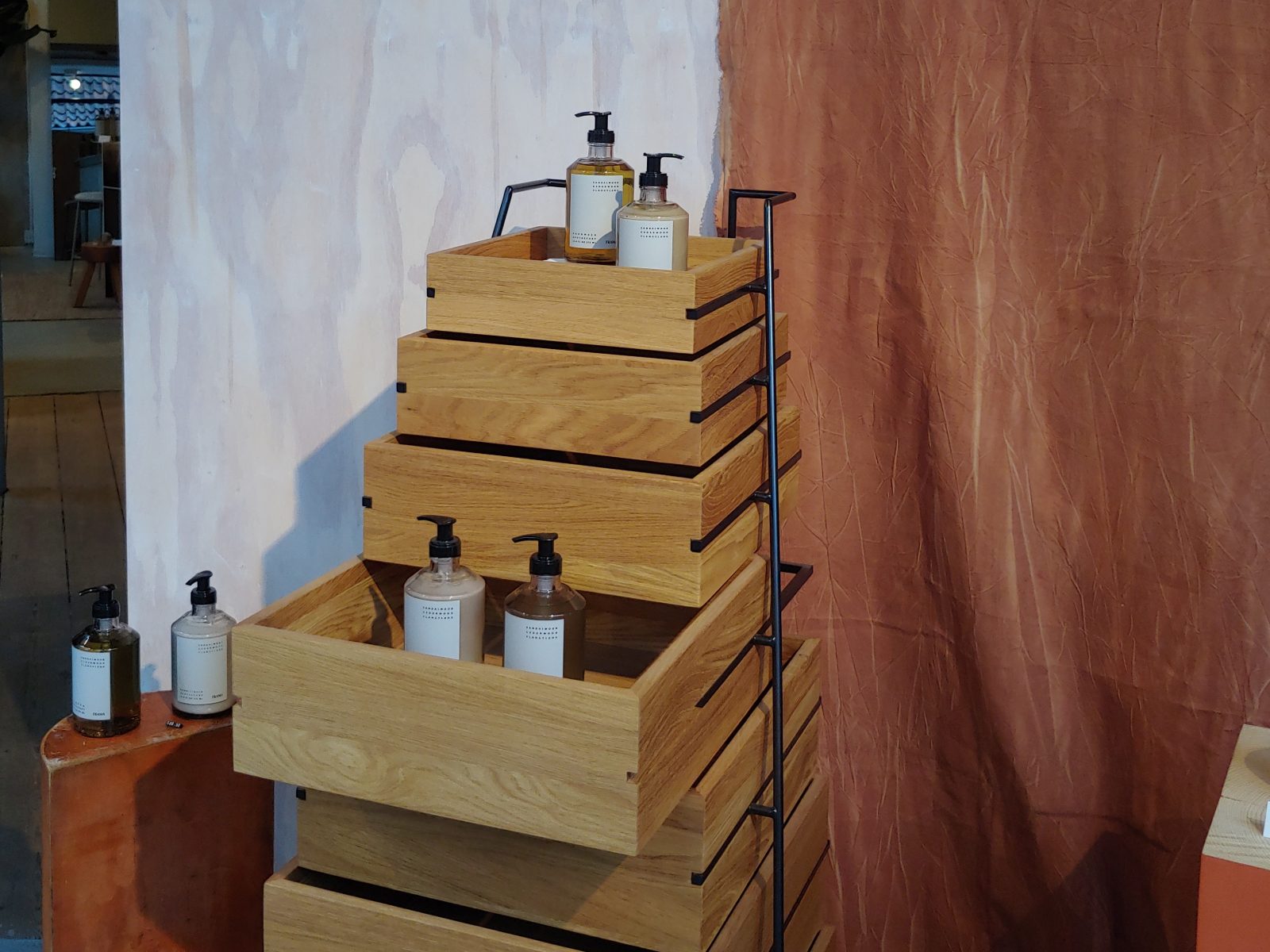
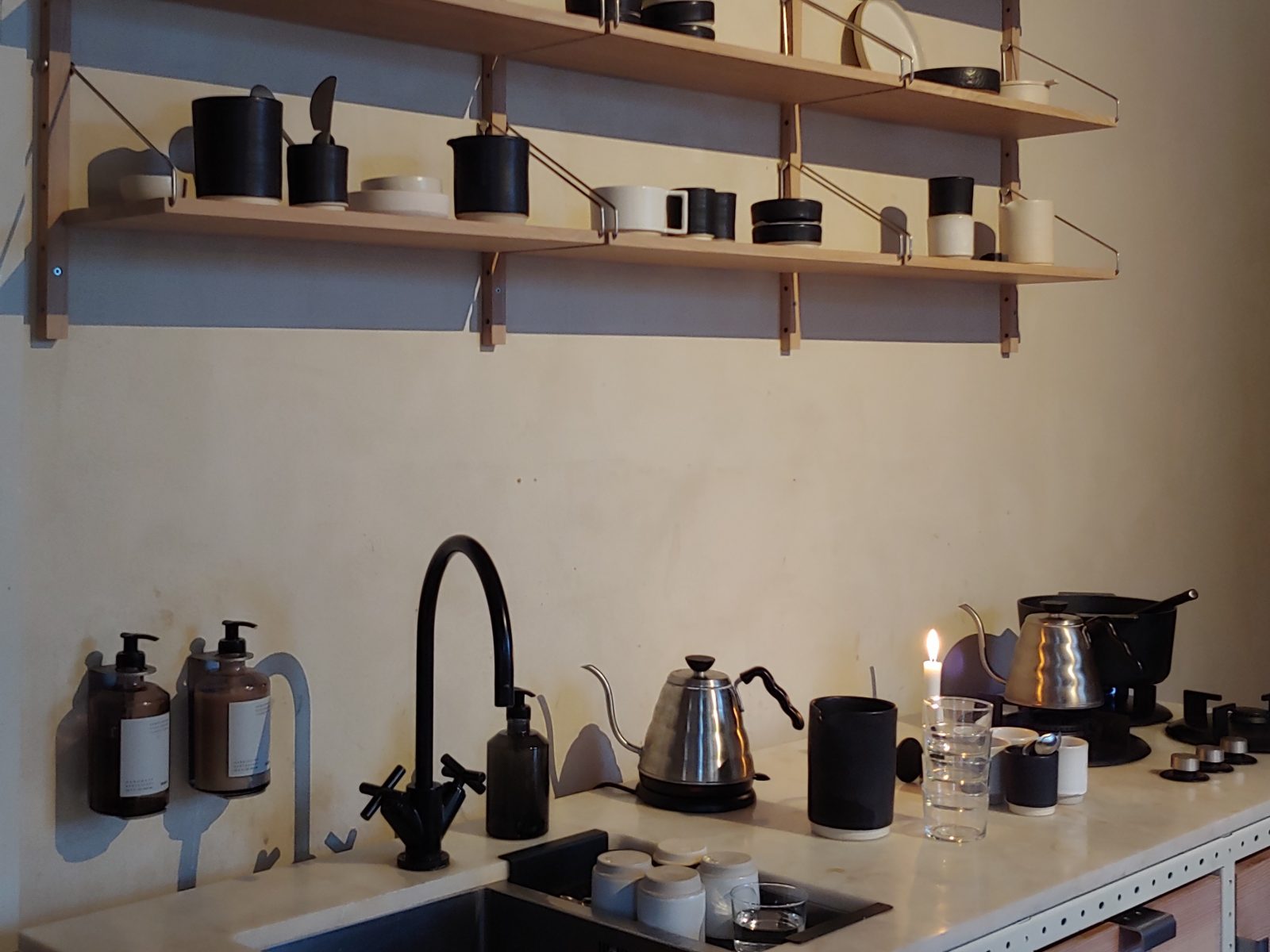
5. Brunch and Ballet at the Royal Theatre
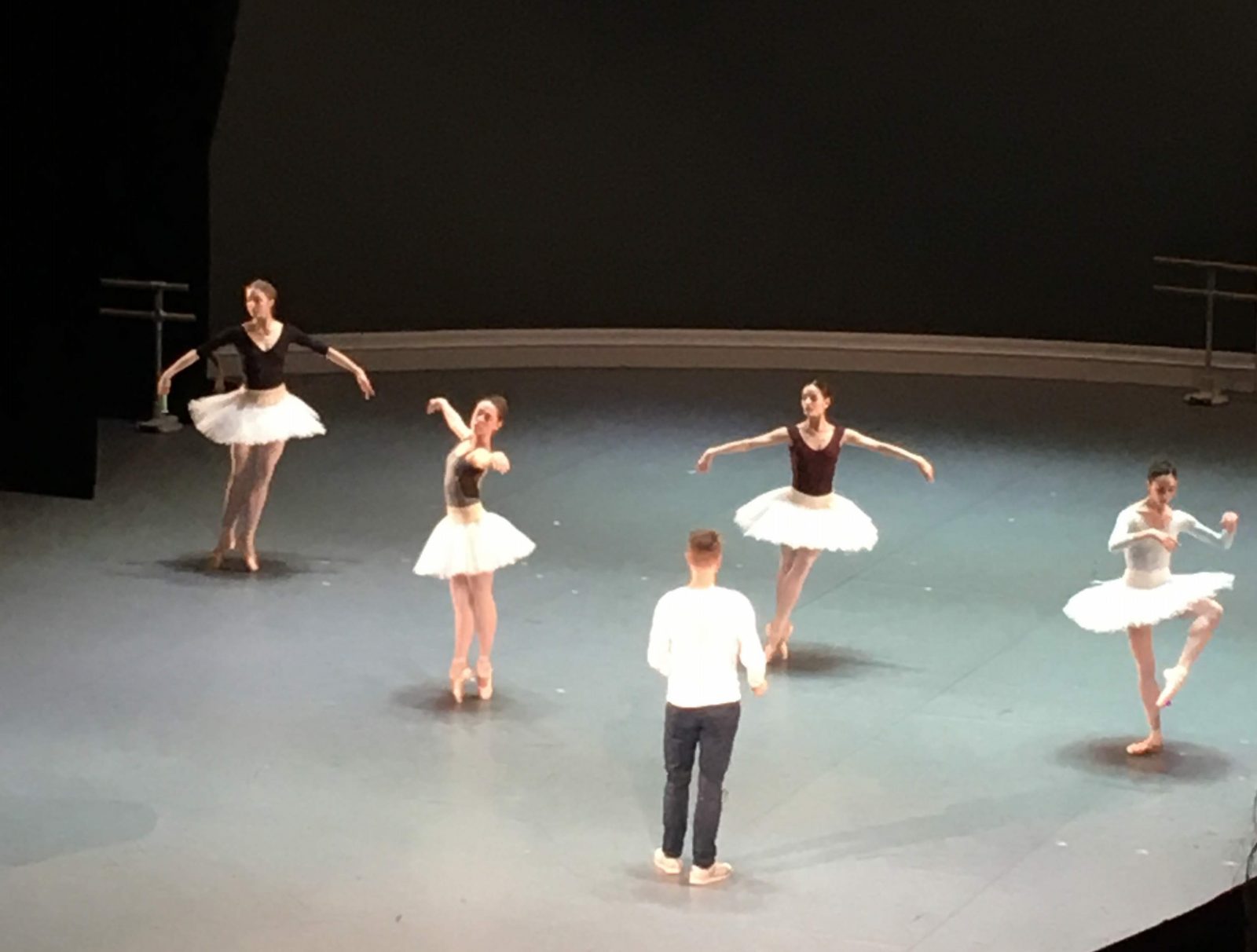
Our attention can always be grabbed by the word “free”. When we heard about free ballet viewings at the Royal Theatre, we made sure to catch at least one show during our time there. Once or twice a month, the Royal Ballet Company allows free admission to their open practices. The informal show gives you a chance to watch the dancers train without having to pay for a full price ticket. It’s best to arrive early to get a spot and brunch can be purchased optionally!
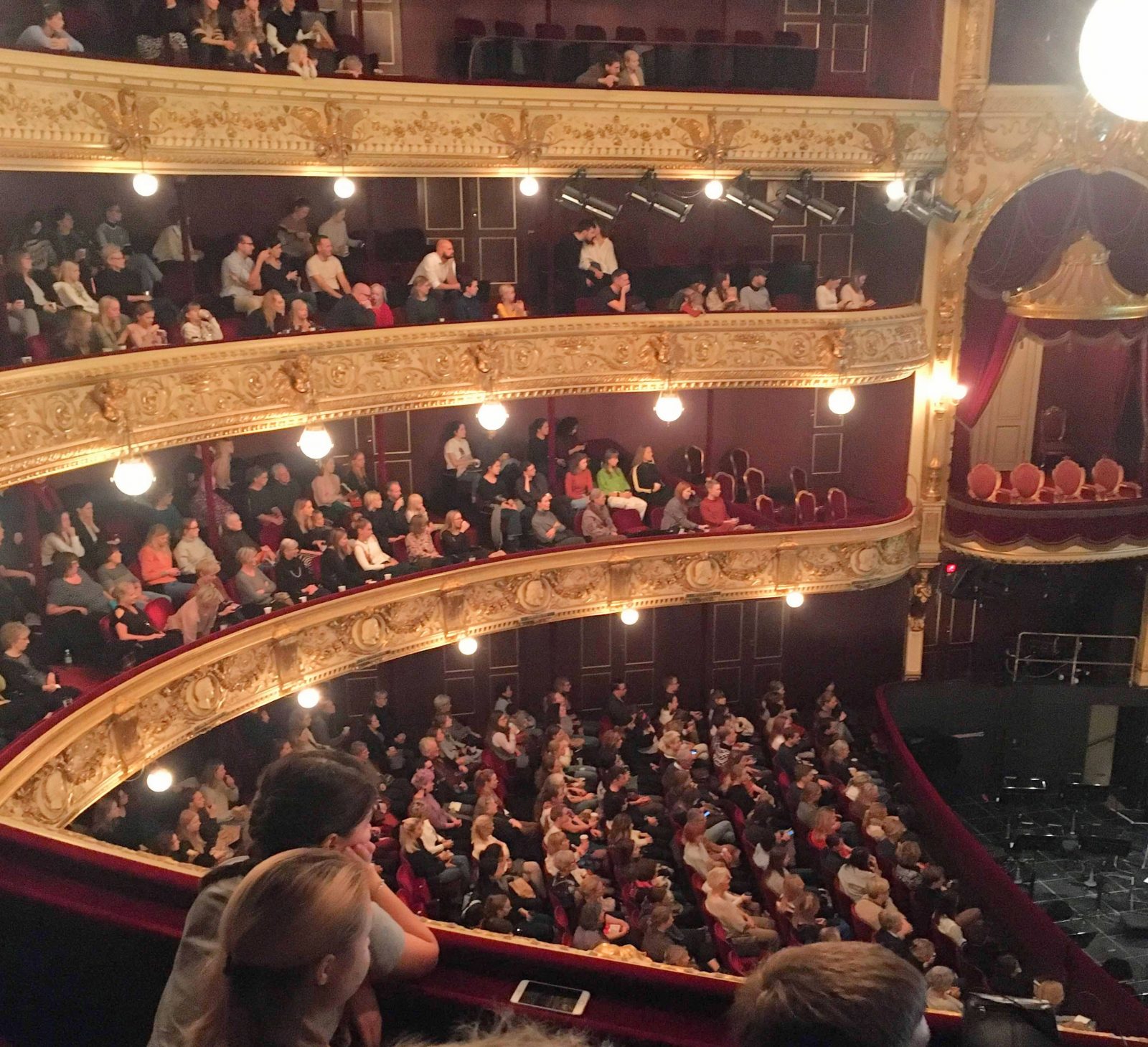
6. Find free healthy produce – Foodsharing Copenhagen
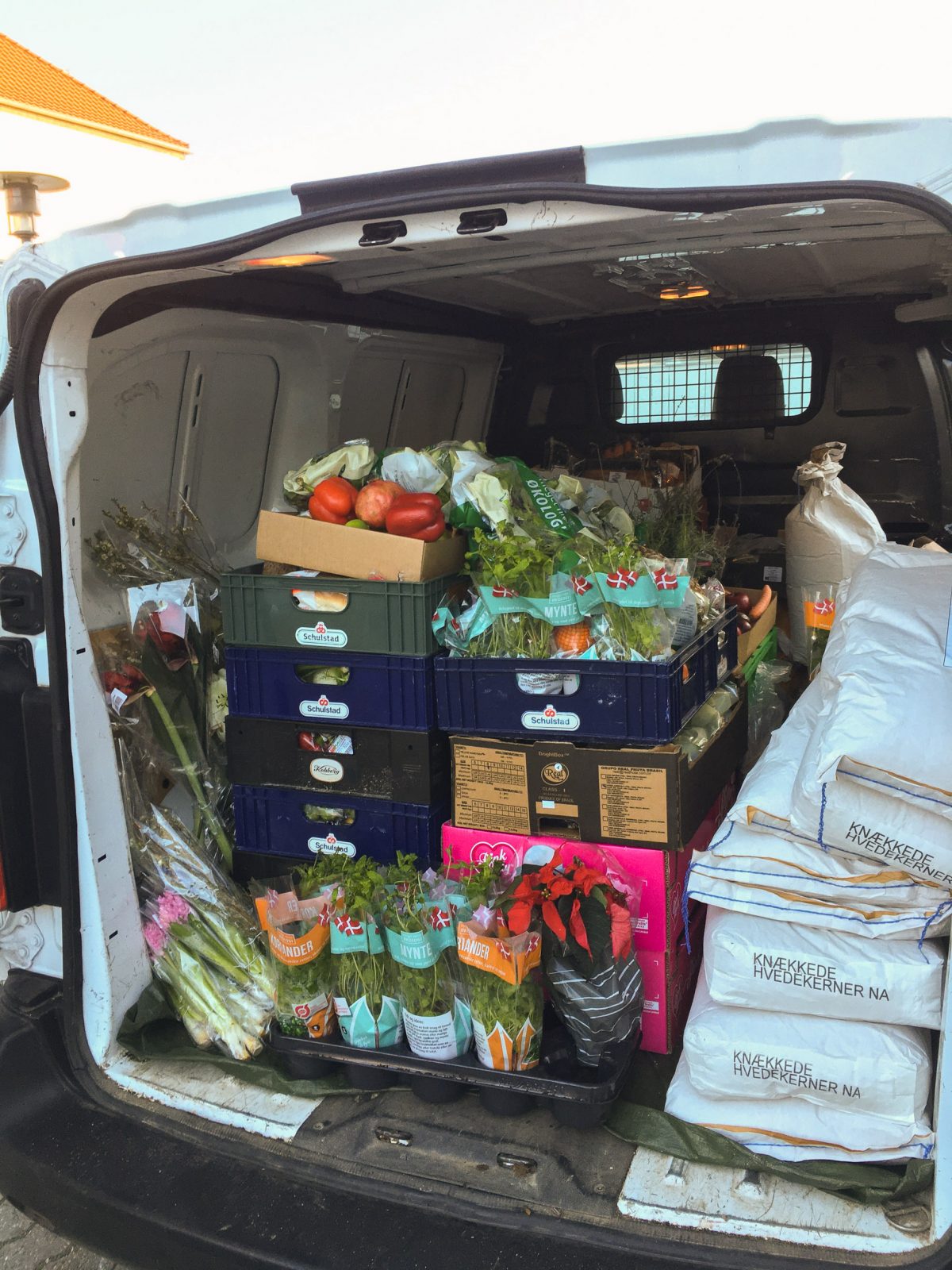
There’s a group of 600 dedicated volunteers in Copenhagen that are determined to tackle the issue of food waste produced by grocery stores, food wholesalers, and bakeries. Foodsharing Copenhagen is an organization whose purpose is to reduce food waste, fight climate change, and nourish people. Every week, a collection team drives to donor stores in the city to collect surplus food that cannot be sold, but is still edible. After, they organize and lay out the food in a community centre for the general public to come and collect it – completely free of charge! As underpaid architecture interns, we regularly used this fantastic resource for our own meals. It even allowed us to host a Danish Christmas dinner party without breaking our banks!
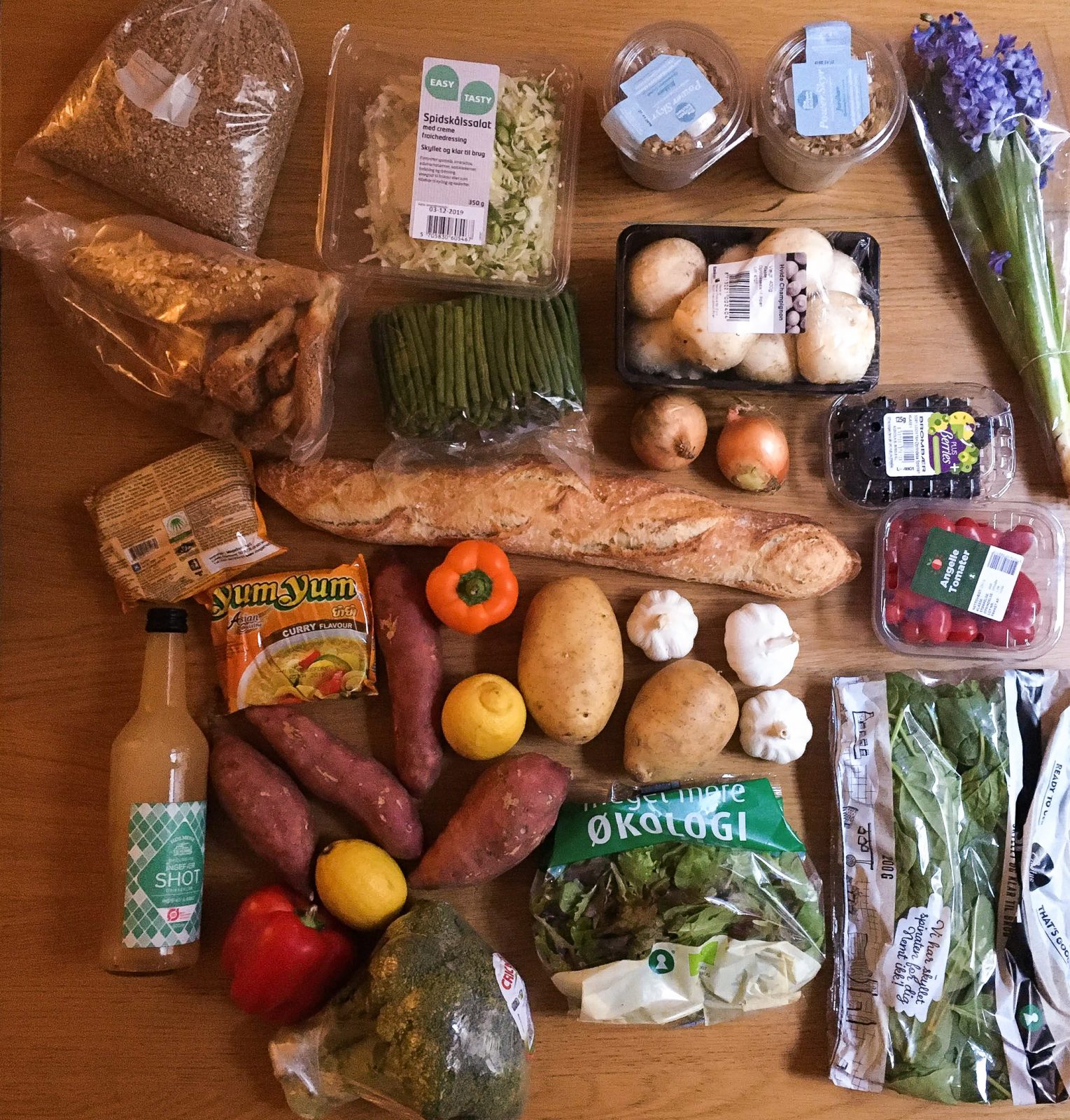
7. Bike Trip to the Danish Maritime Museum
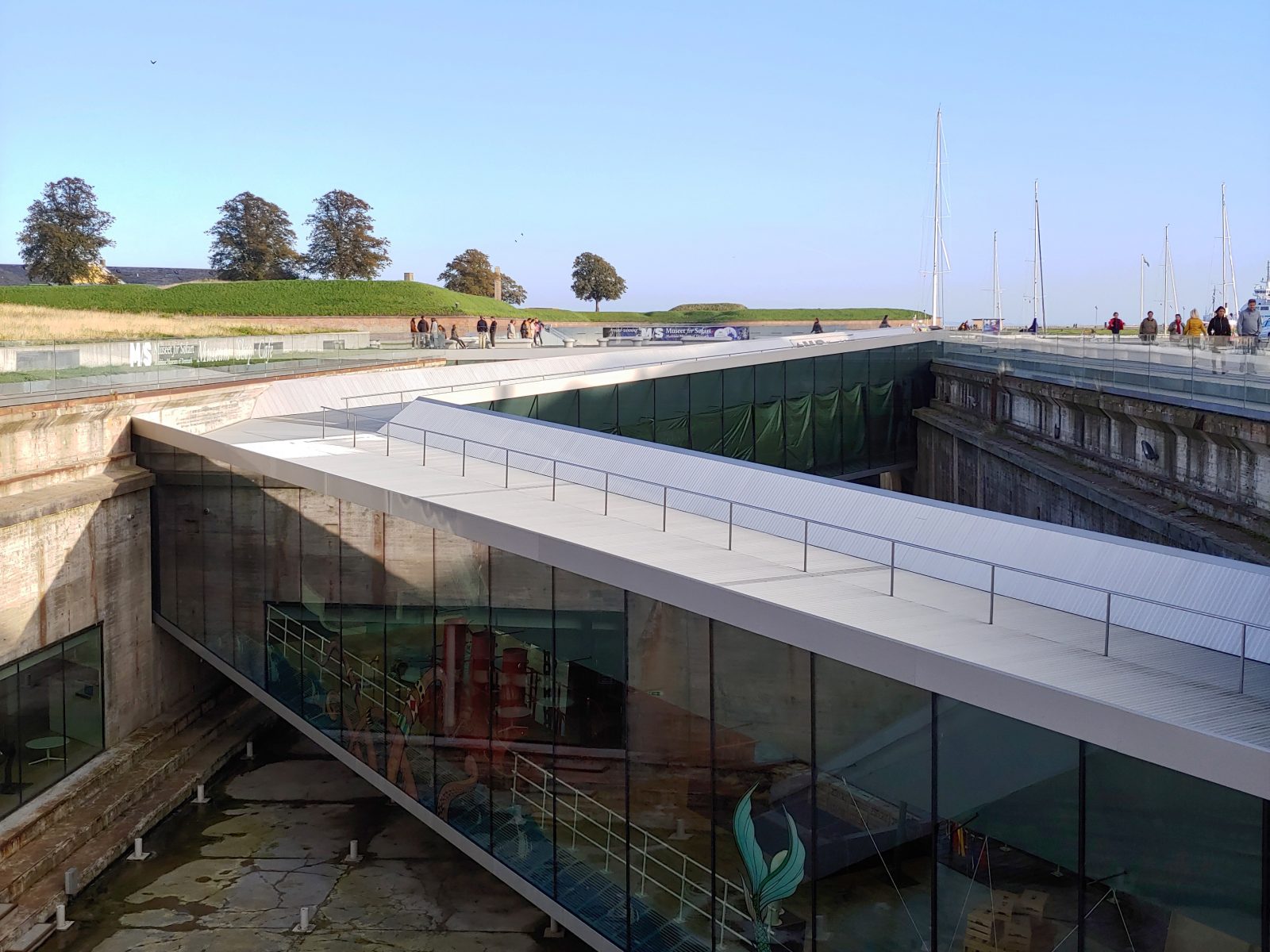
We made a day trip out of visiting Bjarke’s Danish Maritime Museum in Helsingør by biking instead of taking the train. Our ambitious journey that was supposed to take 2.5 hours (according to the trustworthy Google Maps) ended up hitting the 4 hour mark. The ride from Copenhagen to Helsingør was filled with beautiful landscapes that gradually changed the further away we rode from the city. From lush forests to the calming seaside, it was a sight that would have otherwise been hidden from taking public transit. Although recovery day was extremely hard on our muscles, it was definitely a trip worth taking.
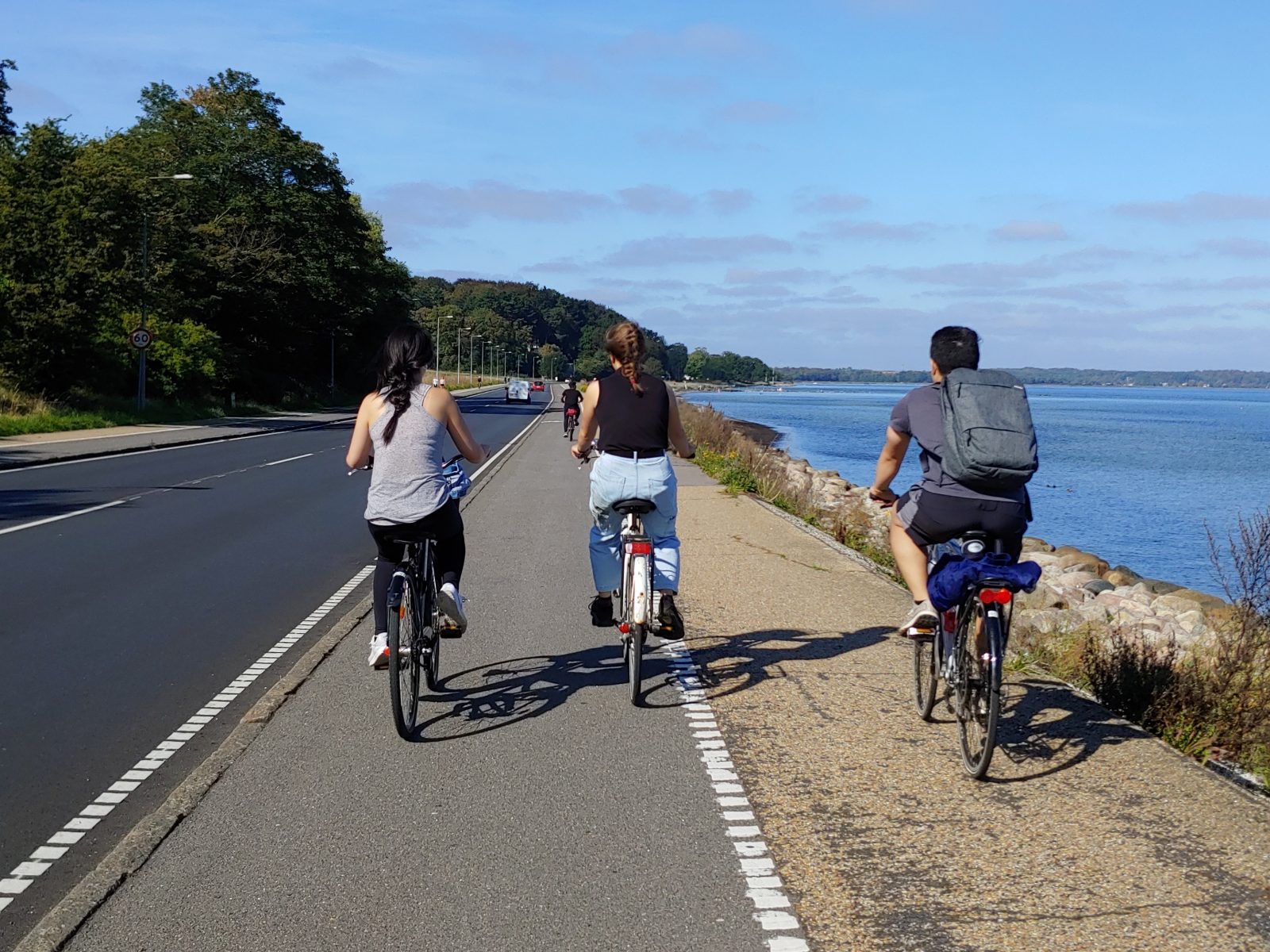
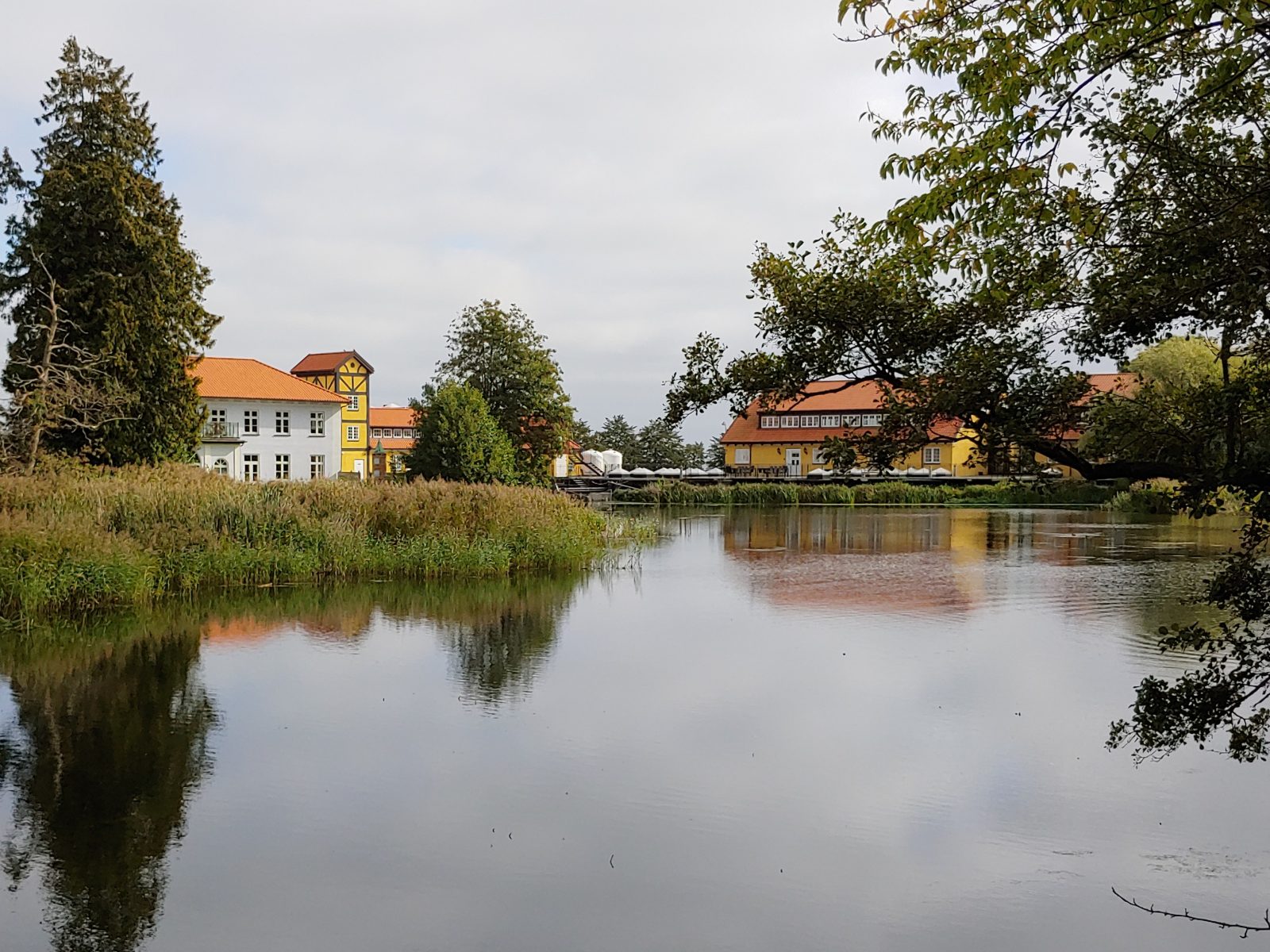
8. Fine Dining at Vækst
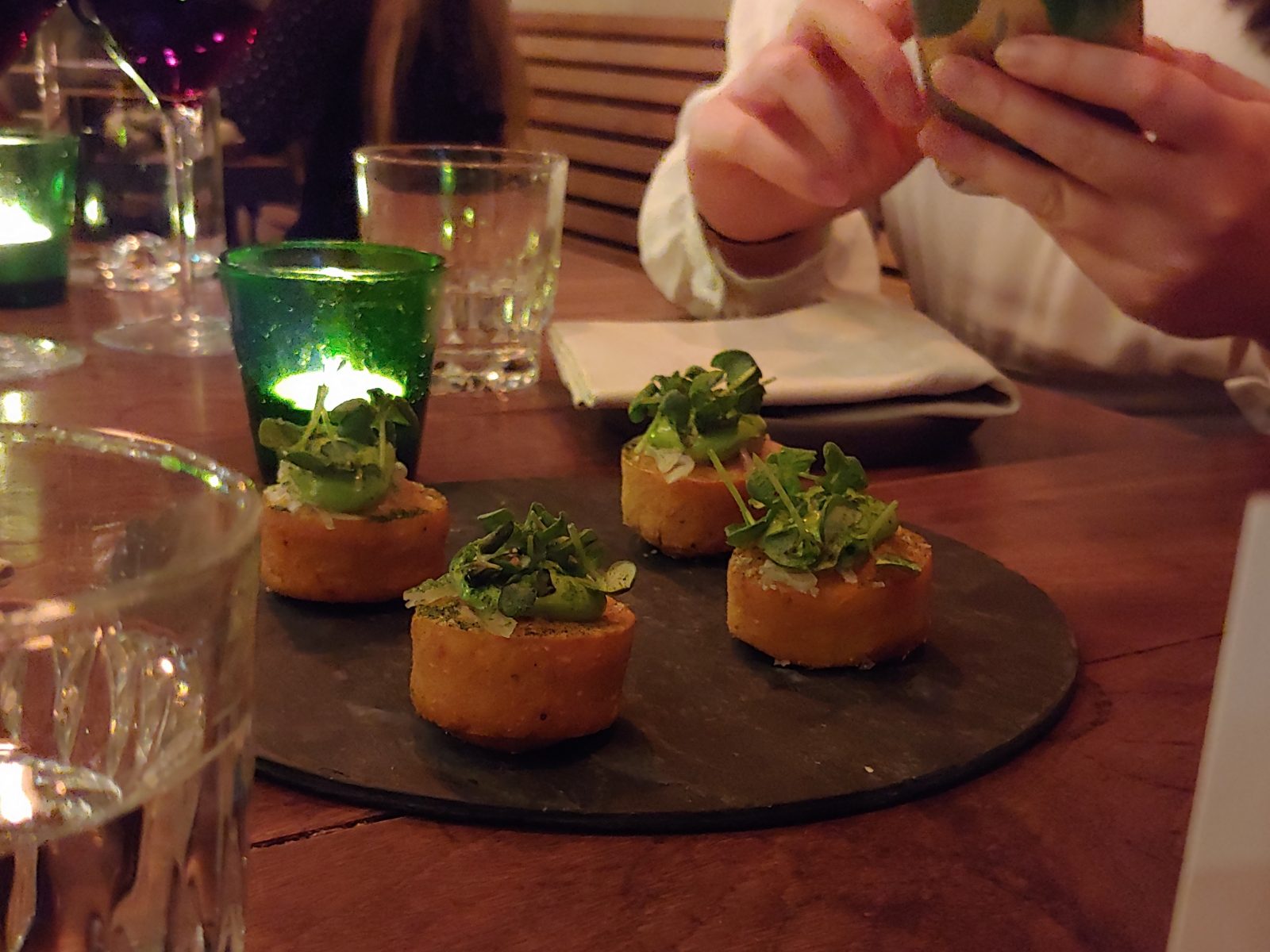
This Michelin recognized restaurant was our reward for completing a successful co-op abroad. During our four months in Copenhagen, we rarely ate out but we thought we should experience the Danish dining experience at least once. And it was 100% worth it. Vækst served us a beautifully plated 3-course meal based on a menu using primarily fresh Nordic vegetables and herbs. The restaurant was also charmingly decorated with hanging plants, pendant lights, and a greenhouse as the space’s centerpiece.
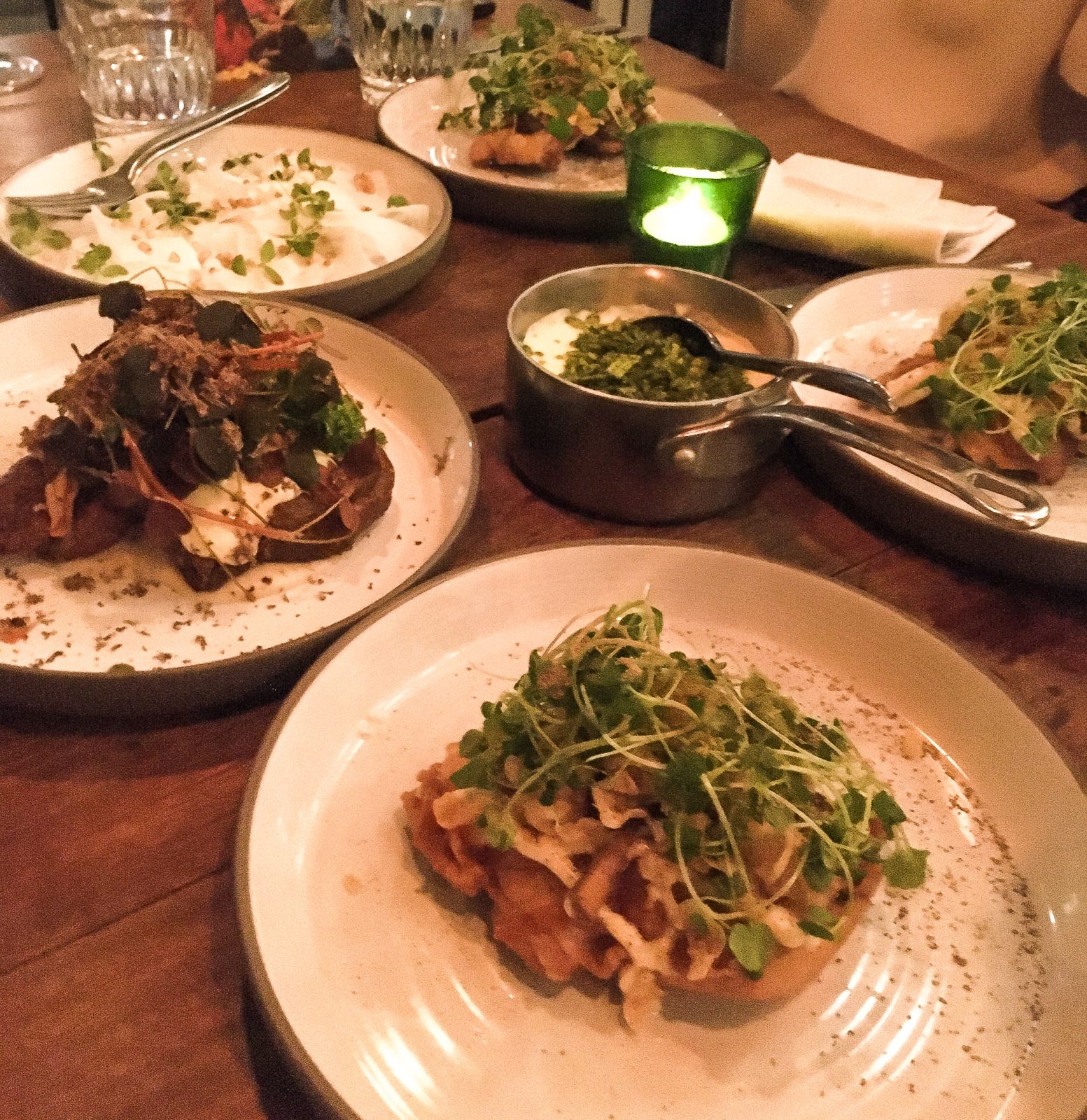
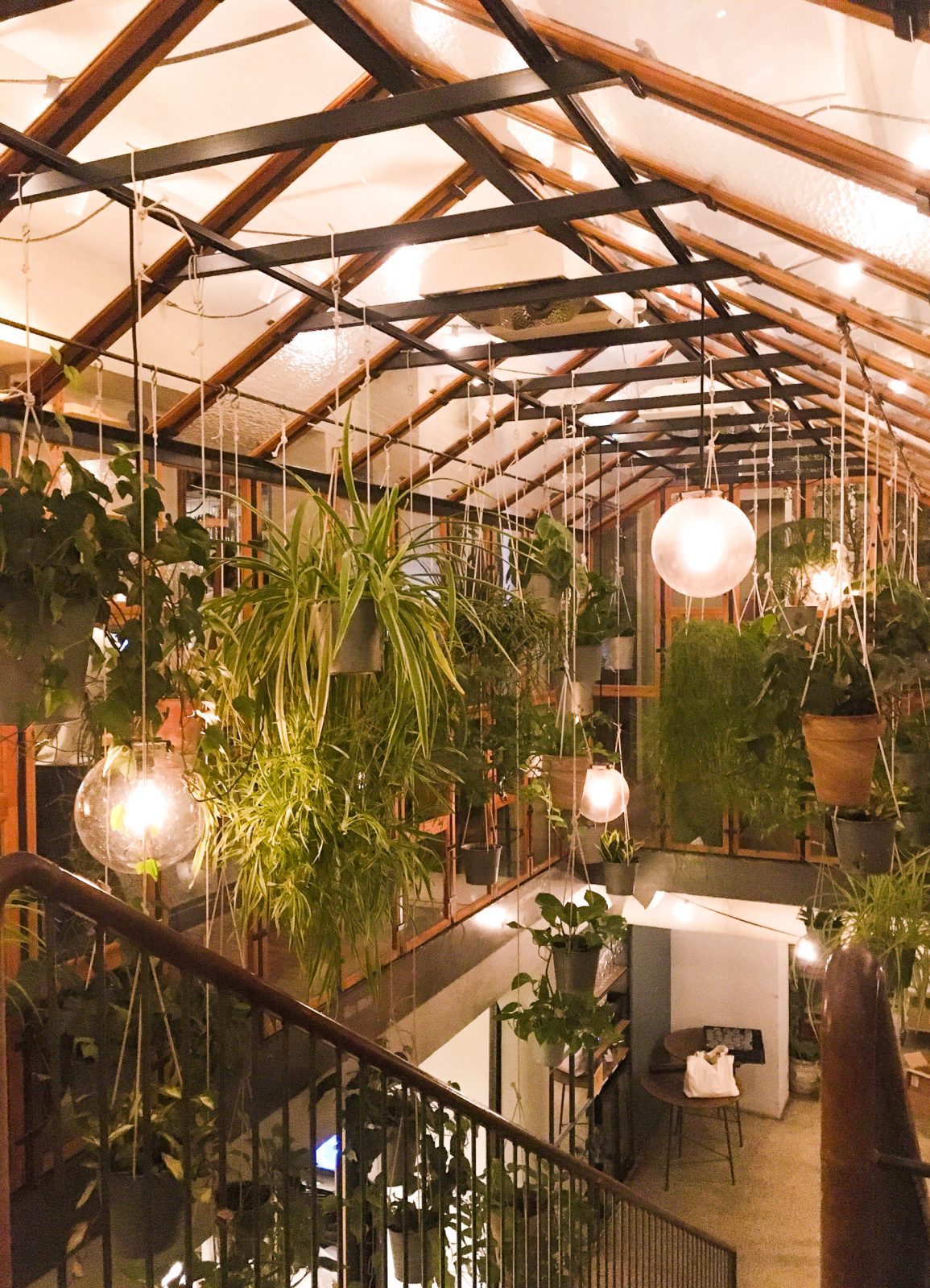
9. Grundtvig’s Church
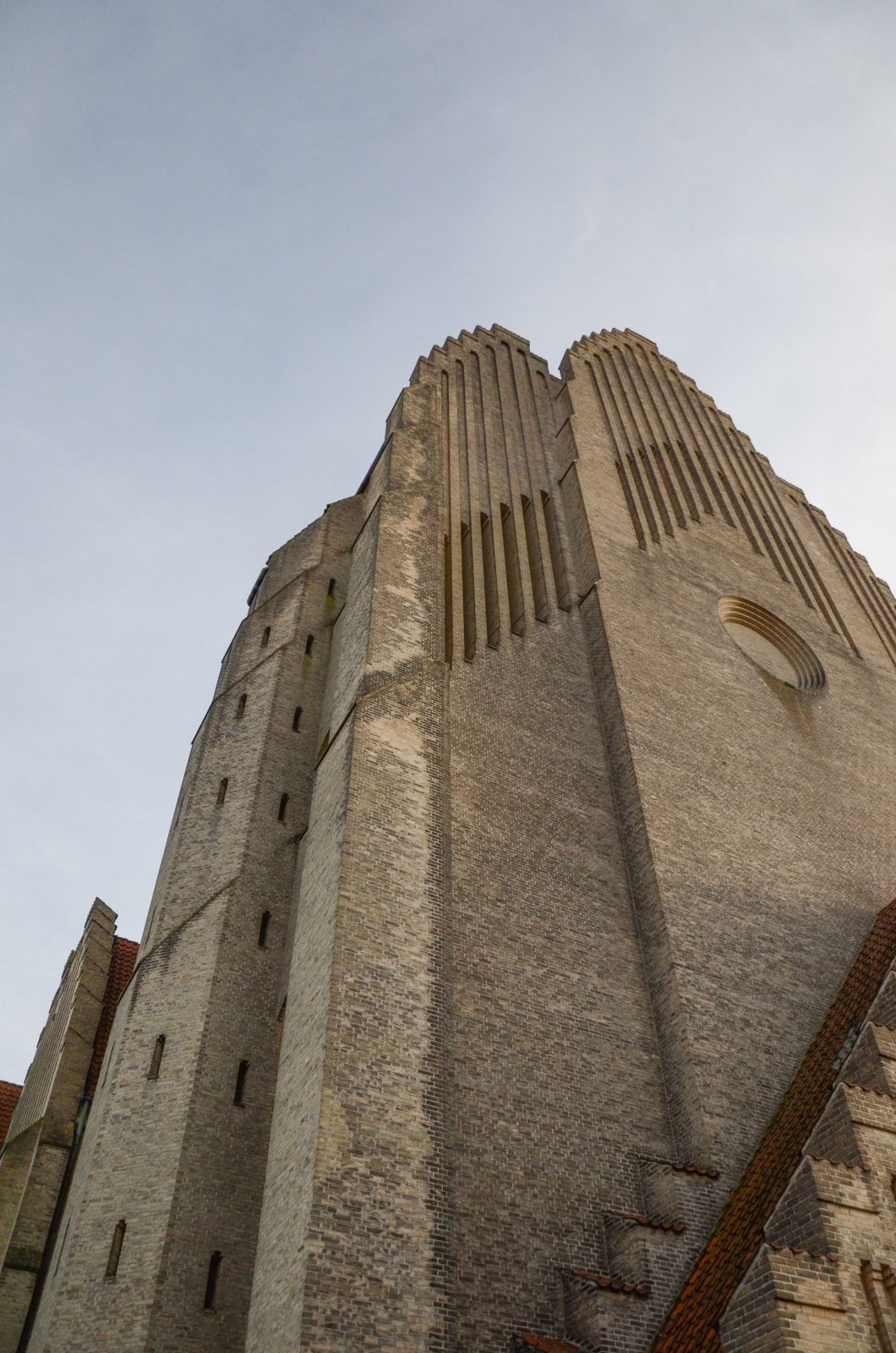
We biked here on a clear Sunday in December, as the sun began its descent towards the horizon (even though it was early afternoon). We were greeted by a peculiar face crafted out of six million handmade yellow bricks. Grundtvigs Kirke (“Grundtvig’s Church”) is a rare example of expressionist church architecture. The architect, Peder Vilhelm Jensen Klint, combined the Gothic cathedral style with Denmark’s country church aesthetic to create this monument dedicated to N.F.S Grundtvig, a famous Danish philosopher, pastor, historian, politician, and hymnist.
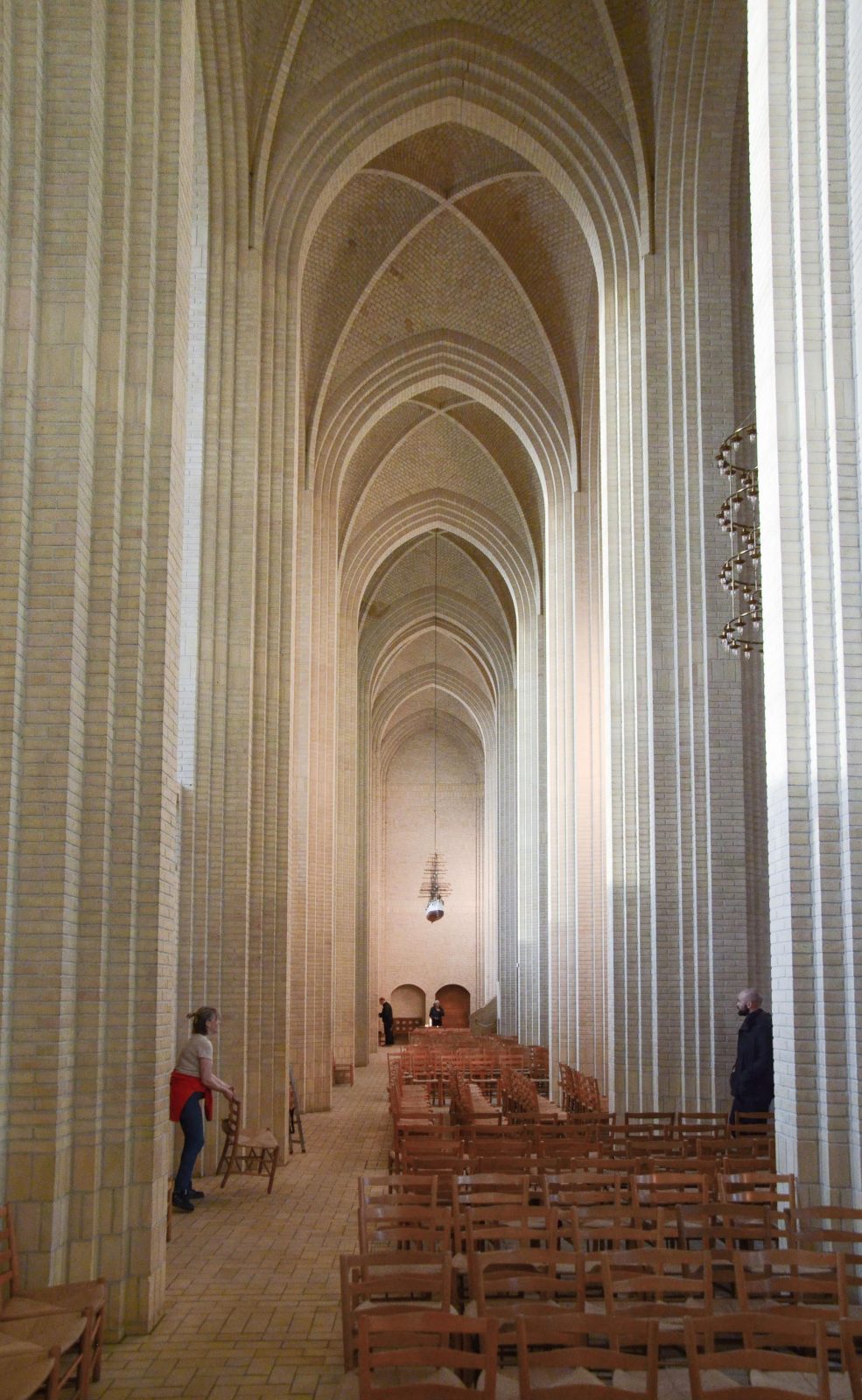
We heard about this church from many enthusiasts. As we stepped into the nave, what we saw succeeded every description and photograph we had seen. The church follows a cruciform plan, the nave separated by columns from two lateral aisles. Immense columns soar to pointed arches, their ribbed verticals catching the last rays of golden afternoon light. Completely free of ornamentation, the minimal brick interiors rely on traditional ratios and ever-changing natural light to animate the space.
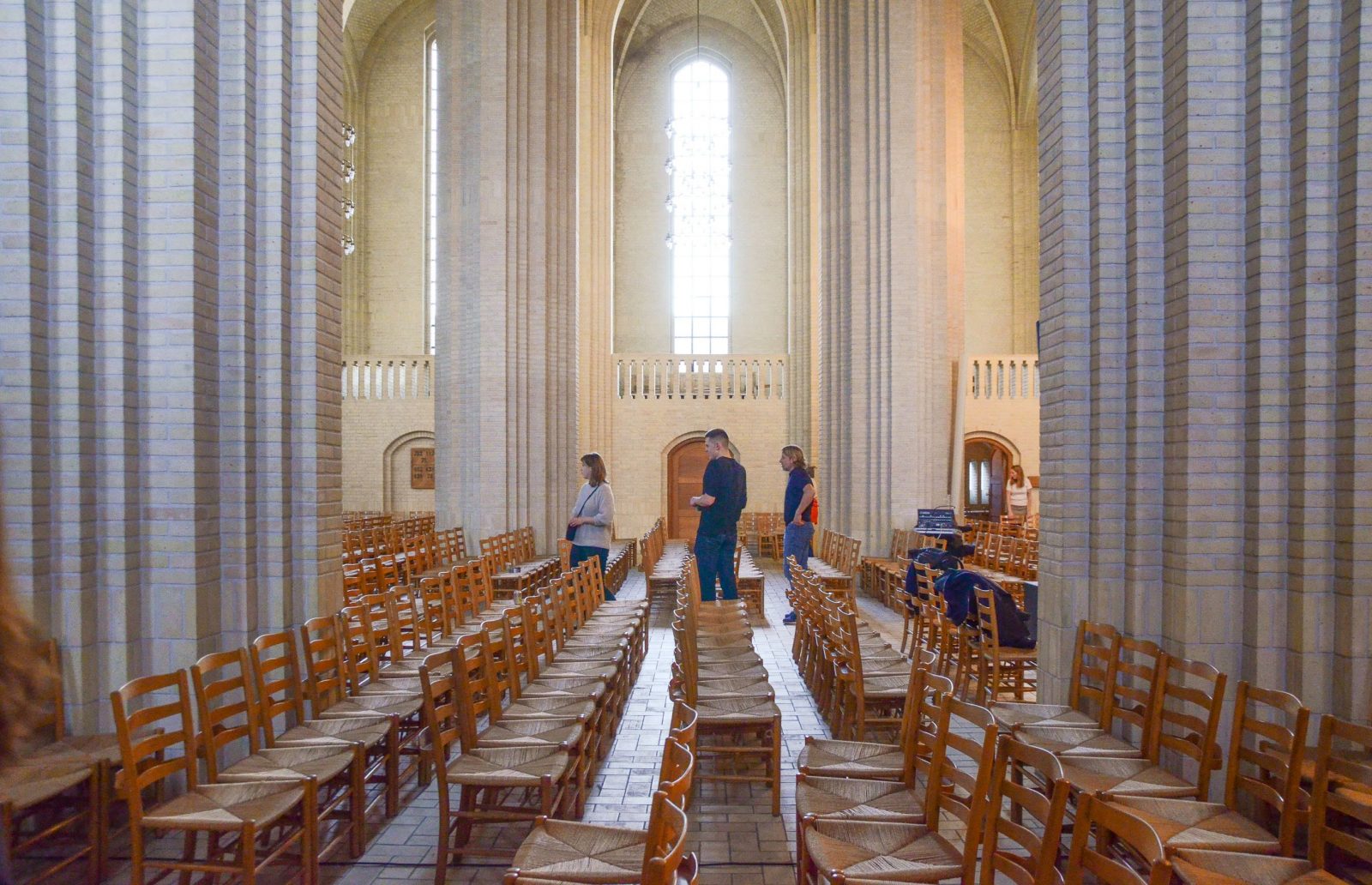
10. Outdoor Hot Tubs at Copenhot
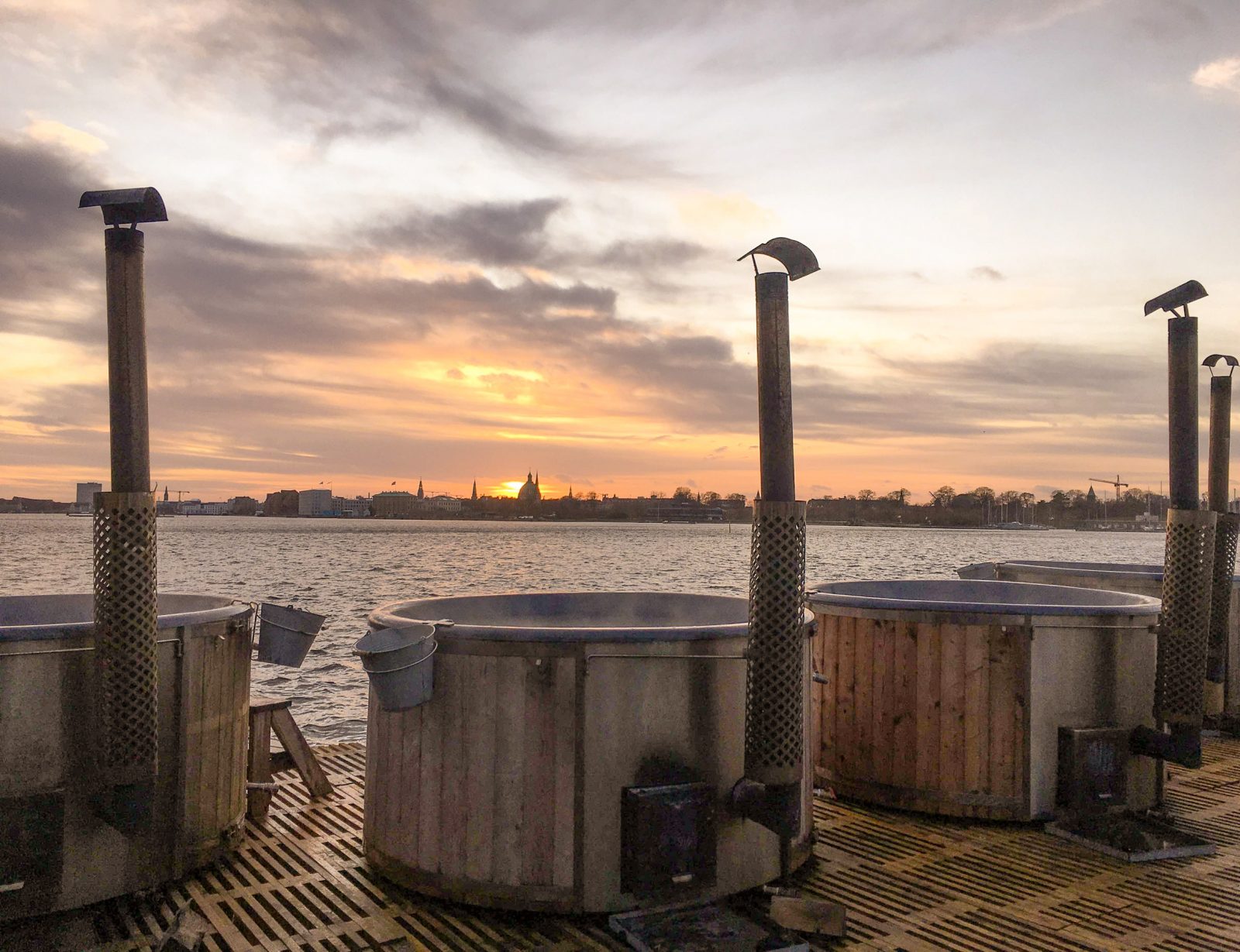
Danes are known to love winter swimming. We, on the other hand, were horrified by the idea. But to complete our Danish experience we knew we had to give it a try. Luckily, taking an ice cold dip at Copenhot is accompanied by a quick escape to a steamy warm hot tub. During the dead of winter, we rented a private outdoor hot tub at Refshaleø harbourfront. The location offers a beautiful view of Copenhagen across the canal, and is basked by the early afternoon sunset.
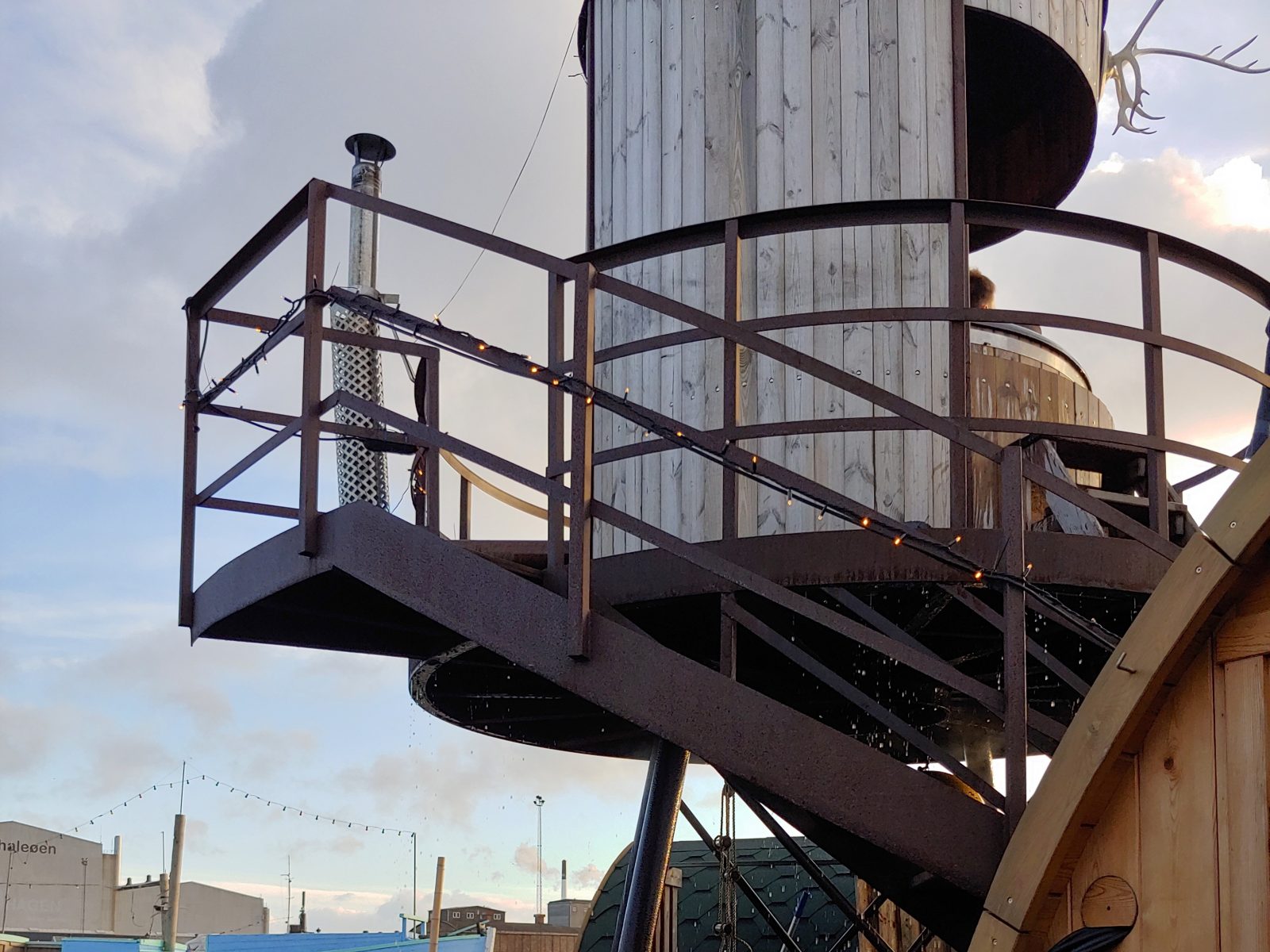
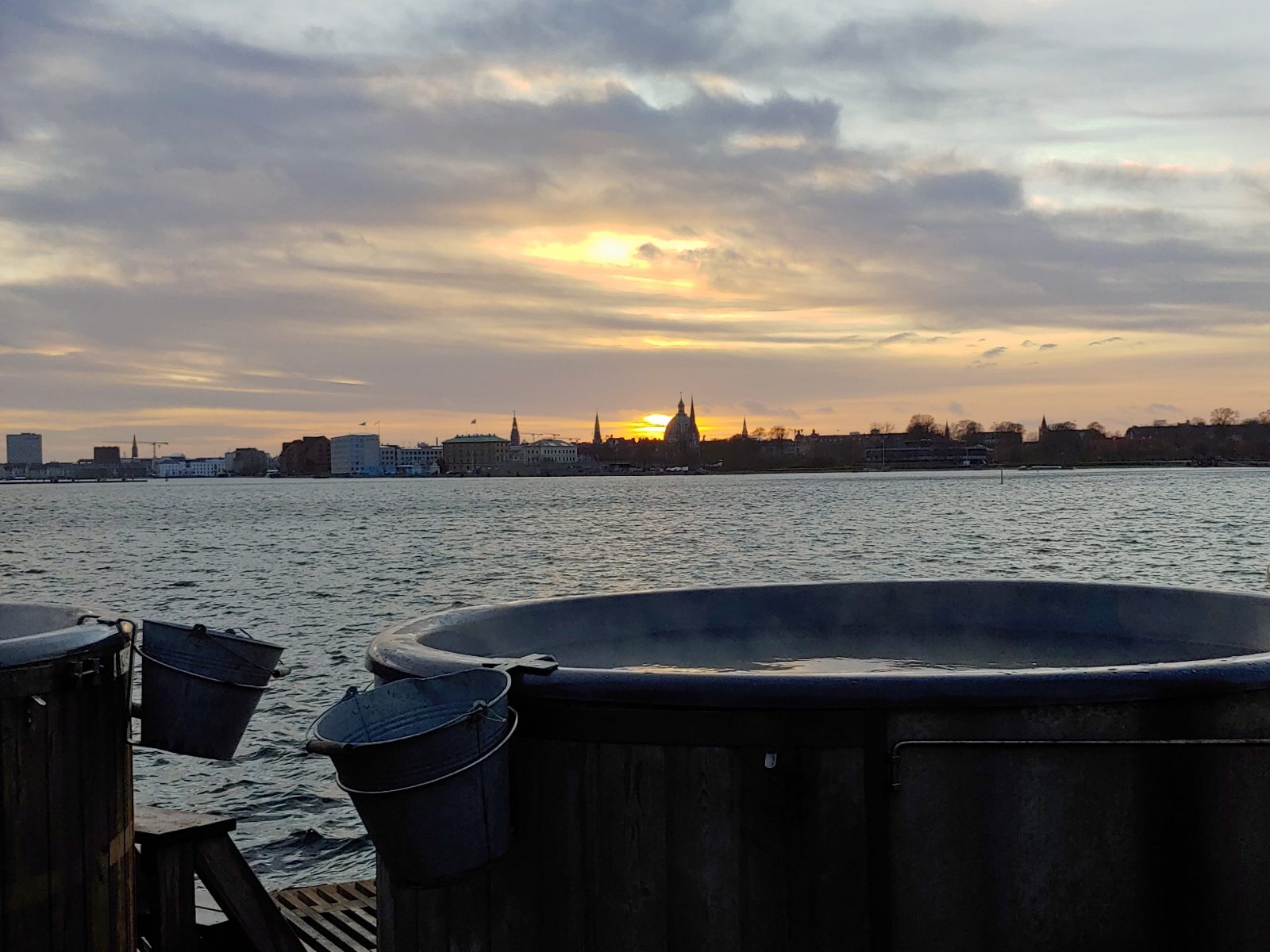


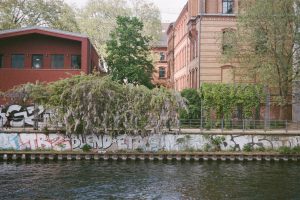
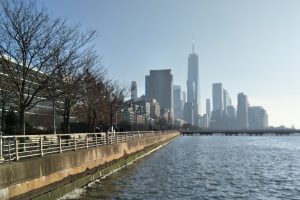

Leave a Reply